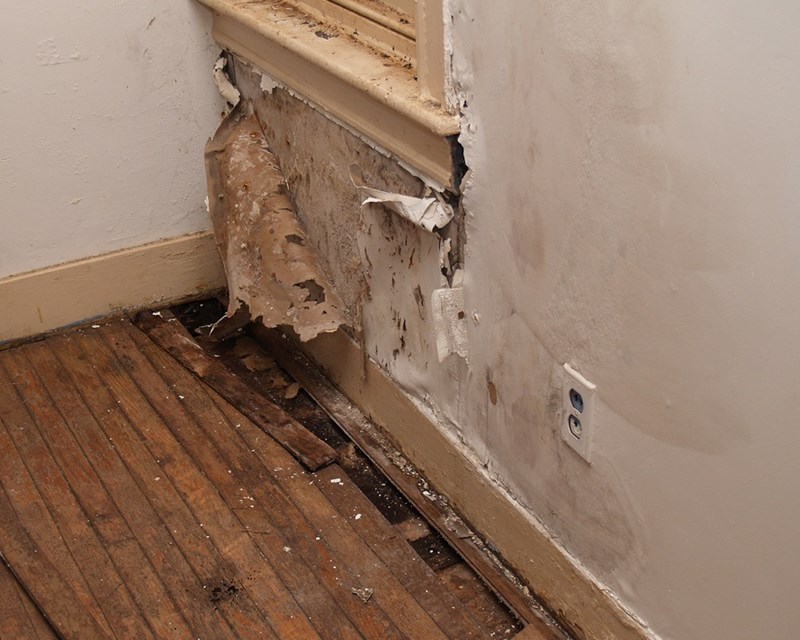How to avoid a Water Damaged Bathroom
How to avoid a Water Damaged Bathroom
Blog Article
What're your opinions concerning Looking for Signs of Water Damage in the Bathroom?

The shower room is extremely prone for wet build-up and also potential water damages due to the constant use of water in it. This write-up offers basic inspection methods to help finding water damages risks.
The constant use of water in the shower room makes it extremely prone for wet accumulation as well as possible water damage. By checking it regularly, you can decrease water relevant problems.
The complying with collection of inspections is simple to execute and also ought to be done when in every 3 months in order to keep your shower room healthy and also to prevent prospective water problems caused by the bath tub, the shower, pipe joints as well as plumbing, sinks, closets, and the bathroom
Do not neglect doing these examinations and be complete while executing them. Remember that these simple evaluations can conserve you a great deal of cash by providing early indicators for water damages
Bath tub and Shower
The shower and tub need unique focus and also maintenance. Check the ceramic tiles as well as change if fractured. See to it that there is no missing grout between the ceramic tiles. Check and also change fractured caulking at joints where the wall surfaces meet the floor or the bathtub. Clogged drains and pipes issues will stop the tub from drying out and also might show significant troubles under the bath tub. Seek advice from a professional instantly to prevent structural damage. Pay attention to discolorations or soft locations around the bath tub walls as they may suggest an interior leakage.
Plumbing
Signs for water damages are hard to discover given that the majority of pipelines are mounted inside the walls.
Pay special interest to floor covering and also wall surfaces moisture and spots as they may suggest an unseen plumbing trouble. Check moisture levels in adjoining spaces also.
Sinks as well as Cabinets
Sinks and also closets are revealed to dampness and also humidity everyday and are typically ignored. Examine on a regular basis under the sink and also on the kitchen counter over it. Fix any kind of drip in the catch as it might recommend drainpipe issues. Browse the sink, slow-moving draining pipelines may suggest a blocked drain. Change sink seals if they are fractured or loosened.
The Commode
The commode is an at risk water joint. Inspect the water lines as well as search for leaks around the toilet seat, in the hose, and under the water container. If you find any type of signs of dampness on the floor around the commode, look for leaks in the toilet rim and also storage tank seals.
Be aware that hanging commode dish deodorants raises the possibilities for clogs.
Water Damage Signs In The Bathroom To Avoid Cleanup
Musty smell
This is one of the easiest signs to catch because musty smells are so odorous. The damp, earthy, moldy smell should be a big red flag. The smell will develop when moisture gets trapped in surfaces, and begins to facilitate mold growth. Leaking pipes under cabinets, inside walls, and behind shower fixtures will cause moisture to stay trapped and not dry, which will lead to mold growth and spread. As soon as you notice any musty smells in your bathroom, have it checked for hidden water damage and cleanup signs.
Visible mold
If the smell isn’t there to give it away, sometimes you will actually see mold growth. Finding mold in your bathroom is a serious problem, because mold is very harmful to your health. By the time mold growth is visible, it also means that water damage has already occurred and been present for some time. The only way the mold problem can be resolved is to find the source of the moisture and get it stopped. To safely and adequately remove mold, you need to have professionals handle the remediation. Do not waste any time in getting mold problems addressed, fixed, and sanitized so that you can protect you and your family from the many respiratory symptoms caused by mold exposure.
Damaged floors
Bathroom floors should be able to withstand some exposure to water while still remaining in good condition. However, when excess exposure or water leaks occur, they will begin to damage even the most water-resistant flooring. If you notice any cracking, bubbling, staining, or warping on your bathroom floors, there is probably a water leak somewhere causing the distortion. If you notice areas of the floor have become softer, or even have a spongy feeling, there is probably damage to the subfloor. Subflooring is typically made up of plywood. When plywood is exposed to water or moisture, it will absorb it. Once it has become saturated, the weight of the excess water will cause the wood to swell and soften. Check the floors in your bathroom frequently to catch any of these sings before they lead to damaged subflooring.
Changes on walls
When water leaks behind walls, it will cause changes in the drywall. Peeling plaster, blistering paint, and soggy wallpaper are all good indicators that excess water is building up behind the wall. Water leaking behind drywall will cause it to swell and be soft to the tough. If you start to notice gaps along the trim of your walls, or where tile meets the wall, it could also be a strong indicator that there is a leak behind the wall. Any changes, distortion, or damage on the walls should be evaluated as soon as you notice it to prevent further water damage and cleanup.

I came across that entry on Looking for Signs of Water Damage in the Bathroom while doing a lookup on the web. You should set aside a second to distribute this post if you liked it. Thanks so much for your time spent reading it.
Get Quote Report this page